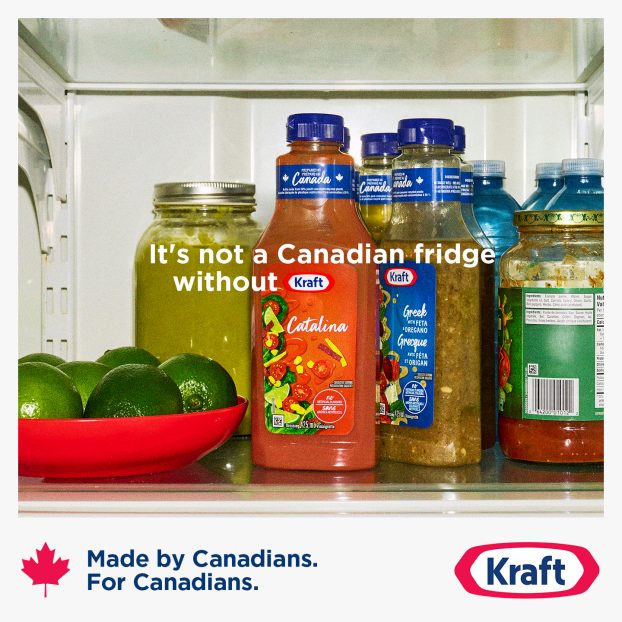Pick up almost any business magazine and one of the most common themes is value.
How to create more value for shareholders, get more value from suppliers, give more value to customers. An equally common question from clients is whether they’re getting value for their investment from their agencies.
The commentary has been that large agencies are too costly; agency models haven’t changed in decades and while the clients are changing their models, agencies are dishing up the same old, same old.
So, how does a client get better value from its agency?
Time in, value out
You get what you give. There is a high correlation of success between clients and their agencies who have an open, sharing relationship. Clients get directly out of an agency (value and satisfaction) what they’re prepared to put in. Time, versus money, that is.
Marketing, (a.k.a. advertising) expenditures, are one of the largest investments a company makes and yet advertising seems to have been relegated down the corporate ladder.
Clarity of goals
Start with clarity of goals from both the corporate and brand level of the marketer.
An investment of time from the CEO level is critical for an agency to clearly understand the client’s corporate goals.
At the brand level, the marketing director needs to outline their brand objectives both strategically and tactically. This communication needs to be frequent, as the flux in the marketplace will determine new or different strategies to achieve the client’s ultimate goals.
Unfortunately, what too often happens is that once an account is assigned to an agency and the initial briefings are completed, the main point of contact with the client is relegated to the brand level with very little contact with the senior people who are actually leading the overall direction of the business. This results in agencies becoming executional partners, not strategic partners with their clients.
In an economic downturn, clients cut ad spend to meet their corporate financial targets. Clients squeeze their agencies harder to reduce costs. Agencies try to thin their ranks to match the reduced revenues while still being expected to match their junior resources with those of the client.
This ultimately results in rework costs incurred in navigating ideas and work through the client hierarchy. Senior agency people are spread more thinly and are expected to attend more meetings and be involved in many more executional activities.
More often than not, the agency model is a mere shadow of the original service model they set out with, scrambling to deal with executional needs that haven’t reduced proportionately to the revenue.
Both clients and agencies have to reassess their business models and agree on a model that is conducive to successfully delivering business-building ideas and sustaining the appropriate margins so both can operate efficiently. Clients’ expectations of agencies have to change if they are trying to achieve the same goals with less funding, while agencies have to put the appropriate model in place to fulfil the client’s needs.
No more one model fits all
The old school of thinking that one agency model fits all clients, regardless of size or type of business they’re in, has long gone. Agencies need to be able to provide a flexible model to suit the client’s business regardless of size and type.
The notion that large agencies are inefficient is questionable at best. Size is not related to value or quality. The question is the client’s requirements. Some clients use their agencies as pseudo-marketing departments; some clients use agencies as their continuity as they themselves go through cutbacks or restructuring; some only want 30-second television commercials. Others fall somewhere in between.
Customized resourcing
Agencies need to maintain a level of flexibility with both in-house and outsourced resources. This enables them to leverage specialized resources without the financial encumbrance of full-time employees. The trend will likely gravitate more to a ‘hub’ structure where core project and thought leaders manage a client’s business by drawing on a combination of in-house resources and specialty outsource talent. This model delivers the value to the client without draining the agency margins.
Value
Agencies, like all partners, must increase the value they deliver to clients if they are to survive, but adding value should not mean giving away more services for free. Value is intangible, and difficult to quantify – fair value, good value, full value. Value is realized when client and agency have mutually agreed expectations and monitor fulfillment on a constant basis.
Basically, clients need to take a hard look at their expectations and their willingness to invest time with their agencies and agencies have to take a hard look at their servicing models. Without senior connection on a constant basis, goals can never be properly aligned and the resulting outcome is very seldom positive.
Michael Wood is managing director of Leo Burnett in Toronto. He can be reached at (416) 928-4262.























